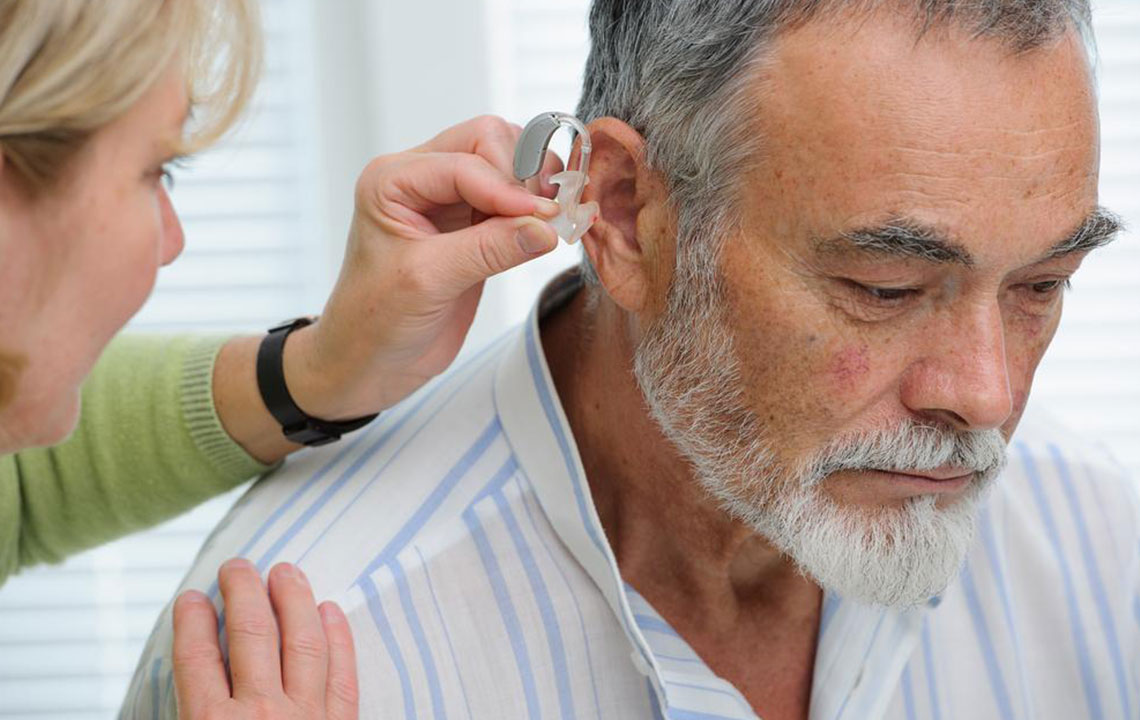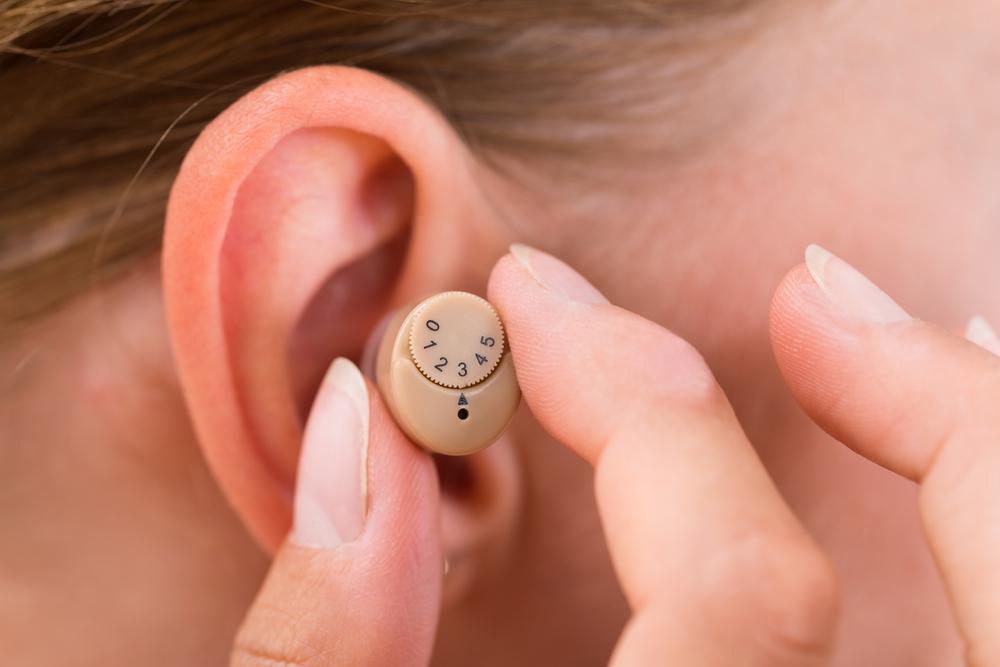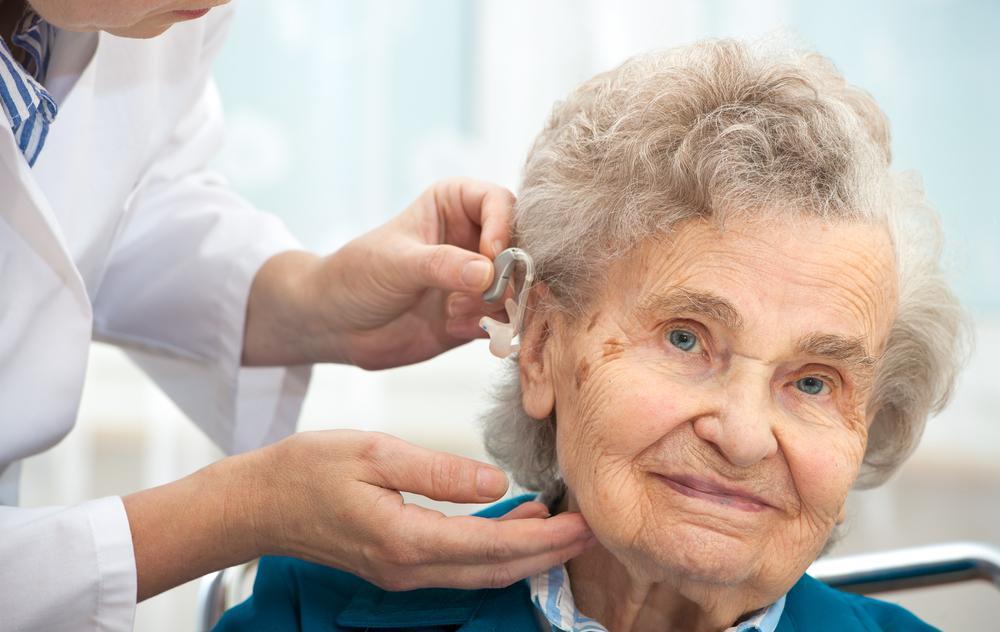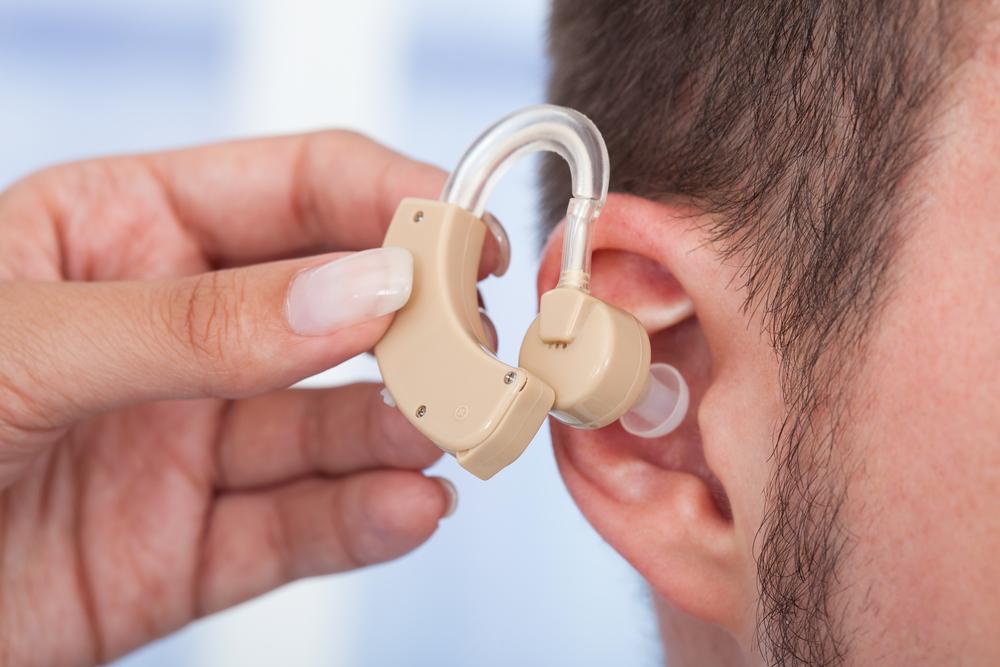Comprehensive Guide to Prolonging the Lifespan of Your Hearing Aid
Ensure your hearing aid lasts longer and performs better with these expert maintenance tips. Proper storage, daily cleaning routines, and regular professional check-ups are essential to prevent damage and prolong device lifespan. This comprehensive guide provides detailed strategies to keep your hearing aid in top condition, helping you enjoy clear hearing for years. Implementing these simple yet effective practices guarantees optimal performance, saving money on repairs and replacements while safeguarding your hearing health.

Comprehensive Guide to Prolonging the Lifespan of Your Hearing Aid
If you have invested in a quality hearing device, proper maintenance and care are vital to ensure it functions optimally over the years. Hearing aids are delicate electronic devices that require regular upkeep to prevent deterioration caused by environmental factors, everyday use, and accidental damage. Neglecting routine maintenance can lead to decreased sound clarity, microphone malfunctions, or complete device failure, which not only affects your hearing experience but also represents a costly replacement or repair. Therefore, understanding and implementing effective care routines is essential to protect your investment and enjoy consistent hearing aid performance.
In this comprehensive guide, we will explore detailed tips and best practices for maintaining your hearing aid, including proper storage, cleaning routines, and professional servicing. Whether you are a first-time user or have years of experience, these insights will help you extend your device’s lifespan and ensure optimal hearing enhancement for years to come.
Proper Storage Solutions for Your Hearing Aid
Proper storage of your hearing aid when not in use is a critical element of its longevity. Always store your device in a designated, dry, and safe location away from direct sunlight, excessive heat, and humidity. A specialized, moisture-resistant case or container made specifically for hearing aids is ideal for safeguarding against environmental damage. Avoid leaving your hearing aid in places prone to moisture, such as bathrooms, kitchens, or near open windows where humidity can create internal corrosion or damage the electronic components.
It's recommended to turn off your hearing aid before storage to conserve battery life and prevent accidental activation. If your device has a removable battery, consider removing it during extended periods of non-use to prevent battery leakage, which can cause corrosion and harm the device. When storing, ensure the device is clean and dry; moist environments can lead to mold growth or corrosion of sensitive parts.
Furthermore, avoid keeping your hearing aid in places with temperature fluctuations, as extreme cold or heat can deform or damage internal parts. A dedicated drawer or a storage box with silica gel packs can help control humidity levels and protect your device from moisture-related issues.
Effective Daily Cleaning and Hygiene Practices
Maintaining cleanliness is key to ensuring your hearing aid continues to deliver clear sound and functions well. Make it a daily routine to clean your device before and after use to remove accumulated dirt, earwax, and moisture that can impair performance. Use only approved cleaning tools—usually included in your hearing aid kit—such as soft cloths, small brushes, and wax picks.
Earwax buildup is one of the primary causes of hearing aid malfunction. Carefully remove any visible wax around the microphone, receiver, and other openings using a soft brush or wax cleaning tool. Avoid inserting anything sharp or abrasive into the device, as this can cause damage. For moisture removal, using a drying device or silica gel packets designed for electronic gadgets can help absorb residual moisture and prevent corrosion.
In addition, inspecting your device regularly for damage, cracks, or loose parts is important. If you notice any issues, consult your audiologist immediately to avoid further damage or performance decline. Maintaining overall hygiene by keeping your ears clean and dry also supports your hearing health and prevents wax and debris from affecting your hearing aid.
Remember to replace worn-out accessories like wax filters and batteries as recommended by the manufacturer or your audiologist to ensure consistent performance.
Routine Professional Check-ups and Servicing
While daily maintenance is crucial, professional servicing plays a significant role in prolonging your hearing aid's lifespan. Schedule regular visits with licensed audiologists or hearing care professionals at least once every 6 to 12 months, or as recommended. These professionals can perform in-depth cleaning, calibration, and diagnostics that are beyond routine user maintenance.
Professional check-ups help identify potential issues early, such as worn-out components, battery corrosion, or malfunctioning microphones, enabling timely repairs that are less costly than major fixes or replacements. During these visits, technicians can also check the device's programming and ensure it matches your hearing needs, maintaining optimal sound clarity.
Some advanced hearing aids come with diagnostic features that allow technicians to run comprehensive tests remotely or on-site, providing detailed reports on battery status, signal processing, and overall health of the device. Regular professional maintenance ensures your device operates at peak efficiency, provides consistent sound quality, and has an extended operational lifespan.
In addition to scheduled servicing, always adhere to manufacturer instructions and warranty guidelines. Using your hearing aid within recommended parameters and seeking prompt repairs when needed can significantly extend its usability and performance.
In conclusion, caring for your hearing aid involves a combination of correct storage, diligent cleaning, and professional servicing. By following these detailed tips and maintaining a routine, you can ensure your device remains functional, effective, and reliable for many years. Protecting your hearing aid not only preserves your investment but also guarantees a better hearing experience, greatly enhancing your quality of life.




